Let’s be honest: leash pulling is one of the most frustrating behaviors dog parents face. Whether it’s a puppy just learning the ropes or an adult dog who’s always marched to the beat of their own paws, pulling can turn every walk into a struggle.
But here's the good news: pulling is fixable—and often, the solution starts with gear, not punishment.
In this post, we’re breaking down why dogs pull, what not to do, and how to use smart gear and techniques to finally enjoy stress-free, heel-friendly walks.

Why Dogs Pull on the Leash
Dogs aren’t trying to dominate you or misbehave on purpose. In most cases, pulling is caused by:
-
Excitement (new smells, other dogs, people)
-
Lack of impulse control
-
Discomfort or poor-fitting gear
-
Reinforcement (they get what they want by pulling)
Pulling is a natural reaction to the environment—but over time, it becomes a habit. And habits can be changed.
The Role of Gear: Why a No-Pull Harness Changes Everything
Using a traditional collar or back-clip harness with a strong puller is like trying to steer a speeding train with a shoelace. It adds tension and pressure, which makes the pulling worse.
A no-pull harness is designed to give you control while reducing discomfort for your dog. Key features to look for:
-
A front-clip D-ring to gently redirect your dog’s momentum
-
Wide, padded chest panels to evenly distribute pressure
-
Adjustable straps for a secure, non-slip fit
Unlike choke chains or prong collars, no-pull harnesses are positive, humane tools that help your dog understand what you’re asking—without pain or fear.
👉 Explore Dogistry’s collection of no-pull harnesses that are designed for comfort and control, without sacrificing style.

Training + Gear = The Perfect Combo
Even the best harness won’t solve pulling completely unless it’s paired with good habits. The magic is in the combination.
Step-by-step leash training tips:
-
Start at home or in a low-distraction area.
-
When your dog pulls, stop walking. Wait for them to come back or loosen the tension.
-
Reward calm behavior and walking by your side with treats and praise.
-
Use short, structured walks rather than long, chaotic ones.
-
Be consistent—every time they pull, pause.
Pair this with your no-pull harness, and your dog will quickly learn that pulling doesn’t get them what they want—but walking politely does.

The Leash Matters, Too
The wrong leash can undo the progress you're trying to make. For pullers, avoid retractable leashes entirely. Instead, choose a standard-length leash (4–6 feet) that gives you both space and control.
Dogistry’s leashes are designed to pair perfectly with their harnesses—durable, soft-grip, and tangle-resistant for smooth city or neighborhood walks.

Is Pulling Hurting Your Dog?
Yes—pulling can cause real discomfort or injury, especially when using collars or ill-fitted harnesses. Side effects can include:
-
Pressure on the trachea
-
Strained neck or shoulders
-
Negative associations with walks
That’s why Dogistry’s no-pull gear is built with your dog’s anatomy and safety in mind—padded, escape-resistant, and designed to redirect, not restrict.
Bonus: Matching Gear = Confidence Boost
When your gear looks as good as it feels, you walk with more pride—and your dog senses it. Matching your harness, leash, and poop bag holder isn’t just about aesthetics. It’s about creating a walk routine that feels intentional, streamlined, and consistent.
You can shop full harness + leash sets to make walk time feel as good as it looks.
Final Thoughts: Calm Walks Are Possible
You don’t have to dread the leash. With the right setup—a no-pull harness, smart leash choice, and a little training consistency—you can transform your dog’s pulling problem into calm, cooperative movement.
And remember, it’s not just about fixing a behavior. It’s about building a bond. When walks are calm, your dog is happier—and so are you.
👉 Ready to upgrade your walks?
Start with the gear that works with your dog, not against them:
Because peace on the leash starts with the right gear.











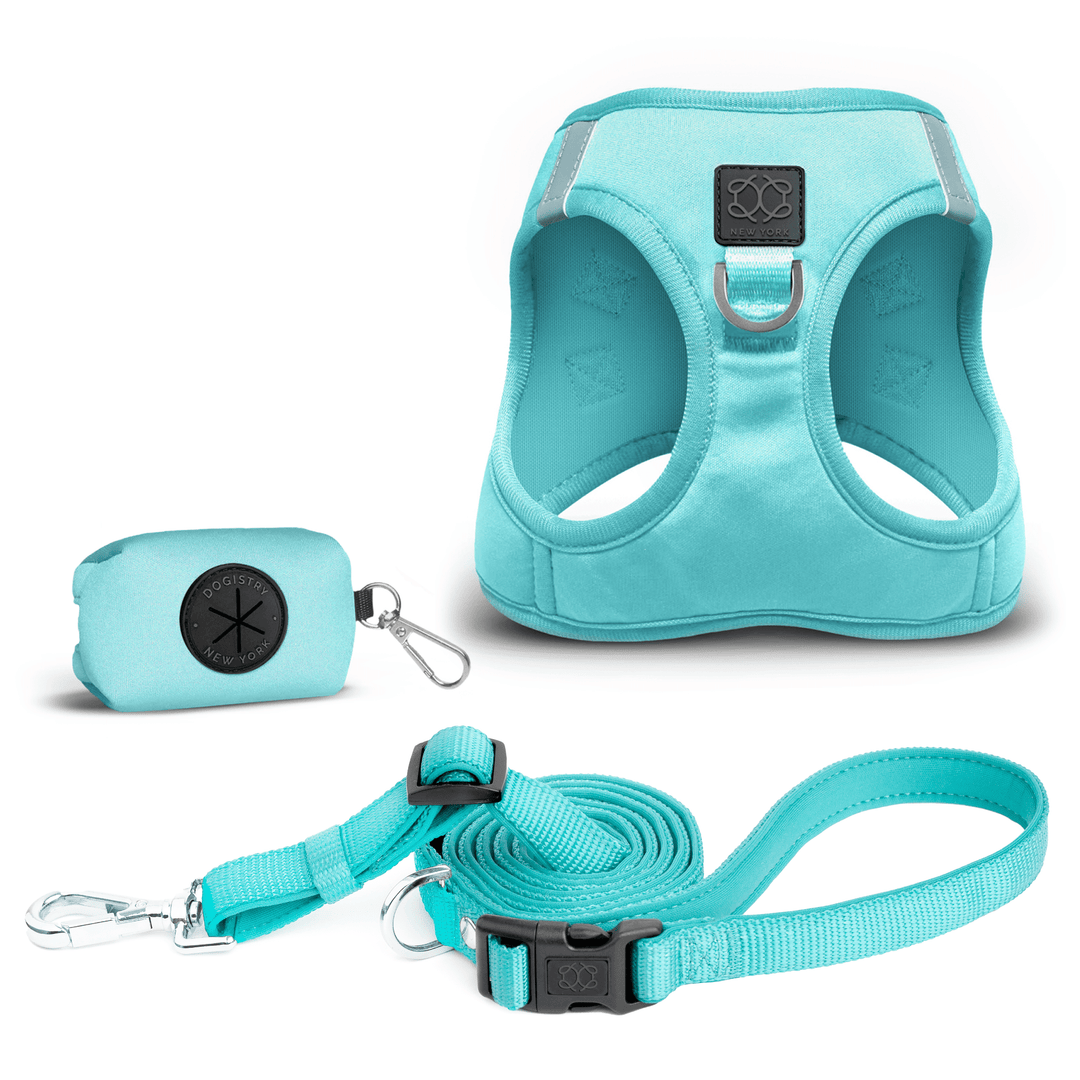

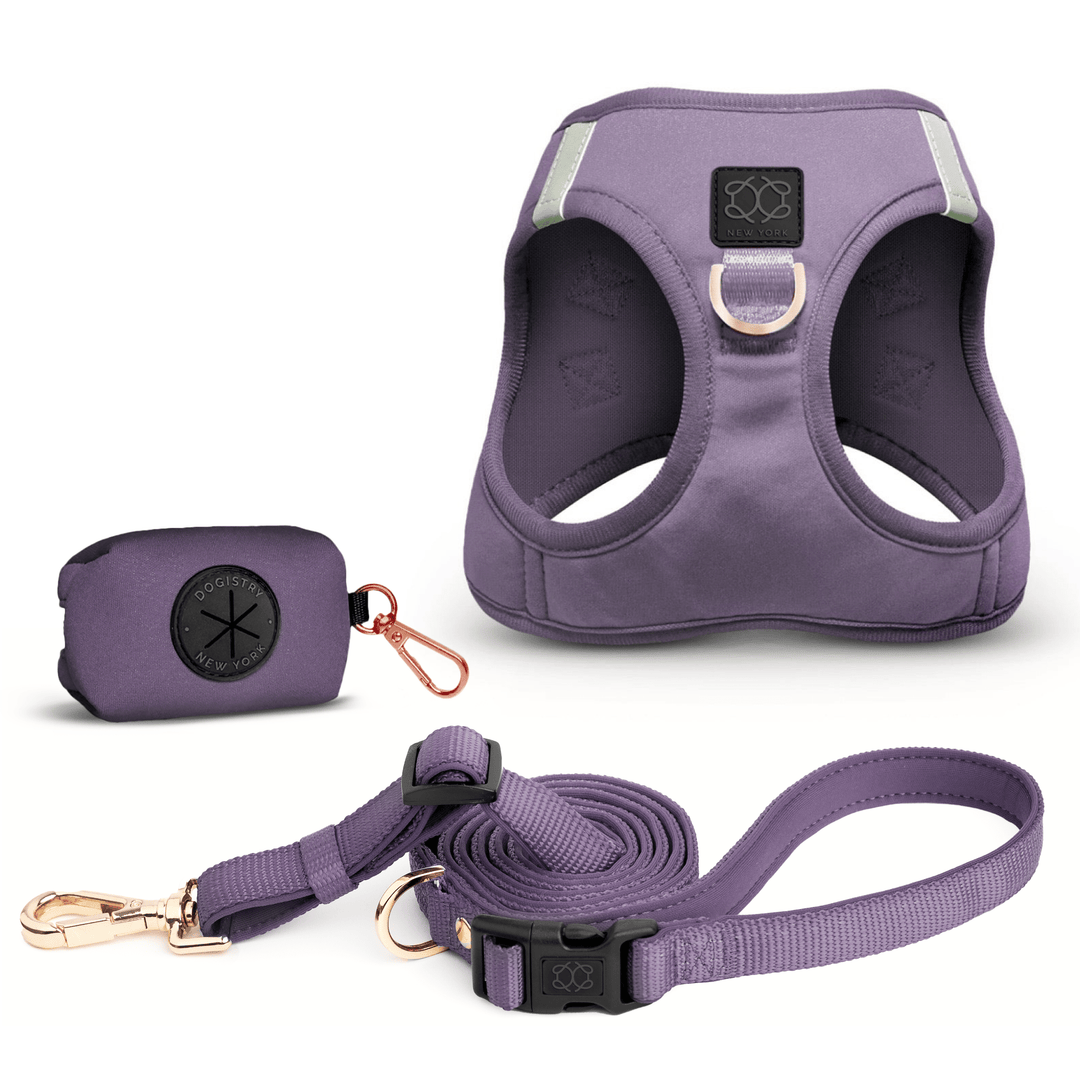

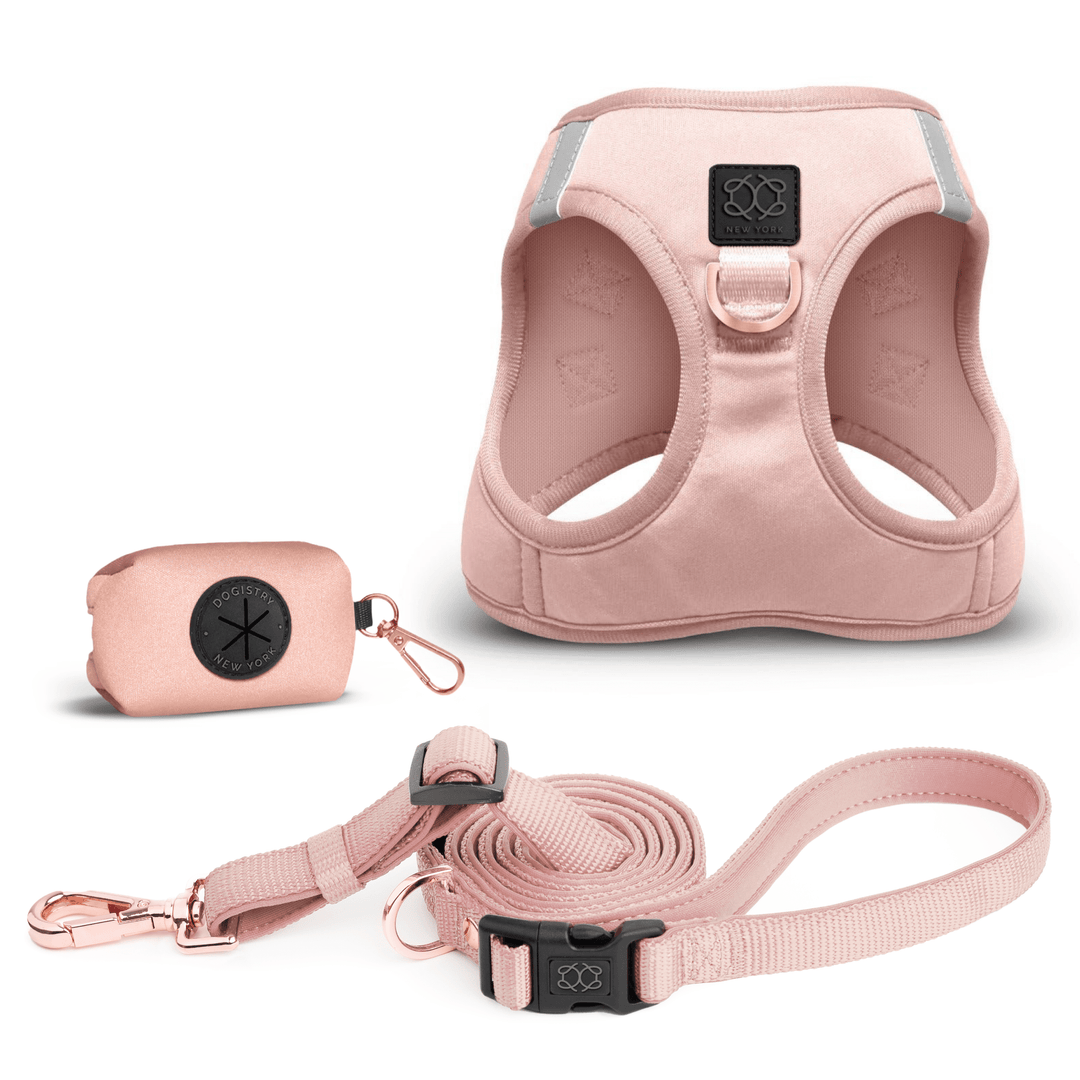
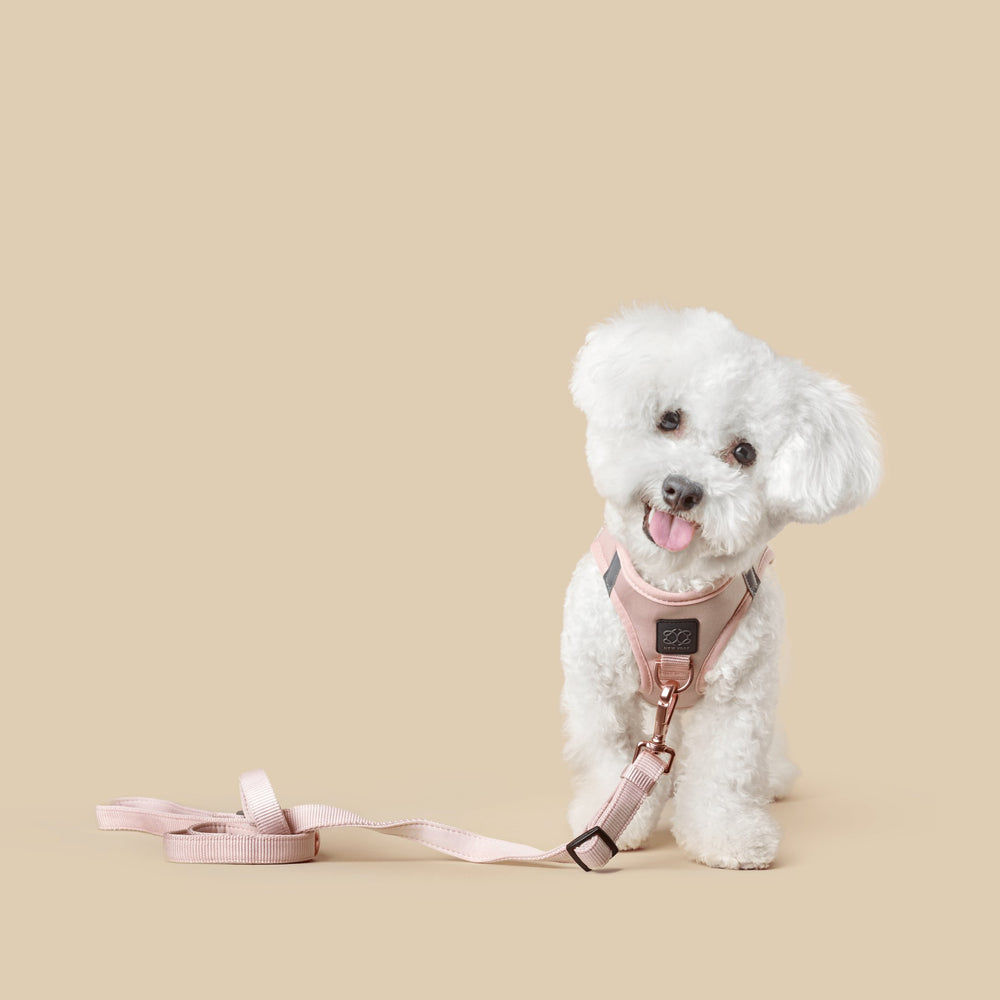



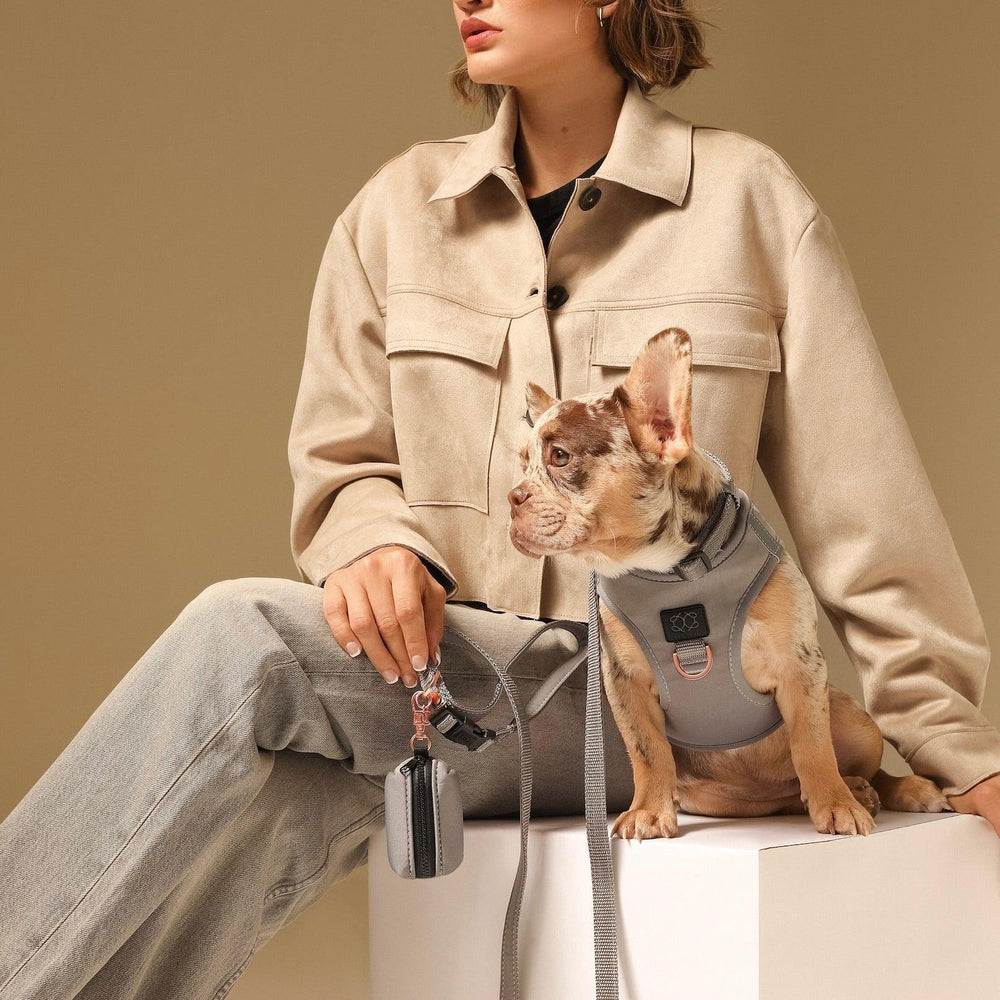


Leave a comment